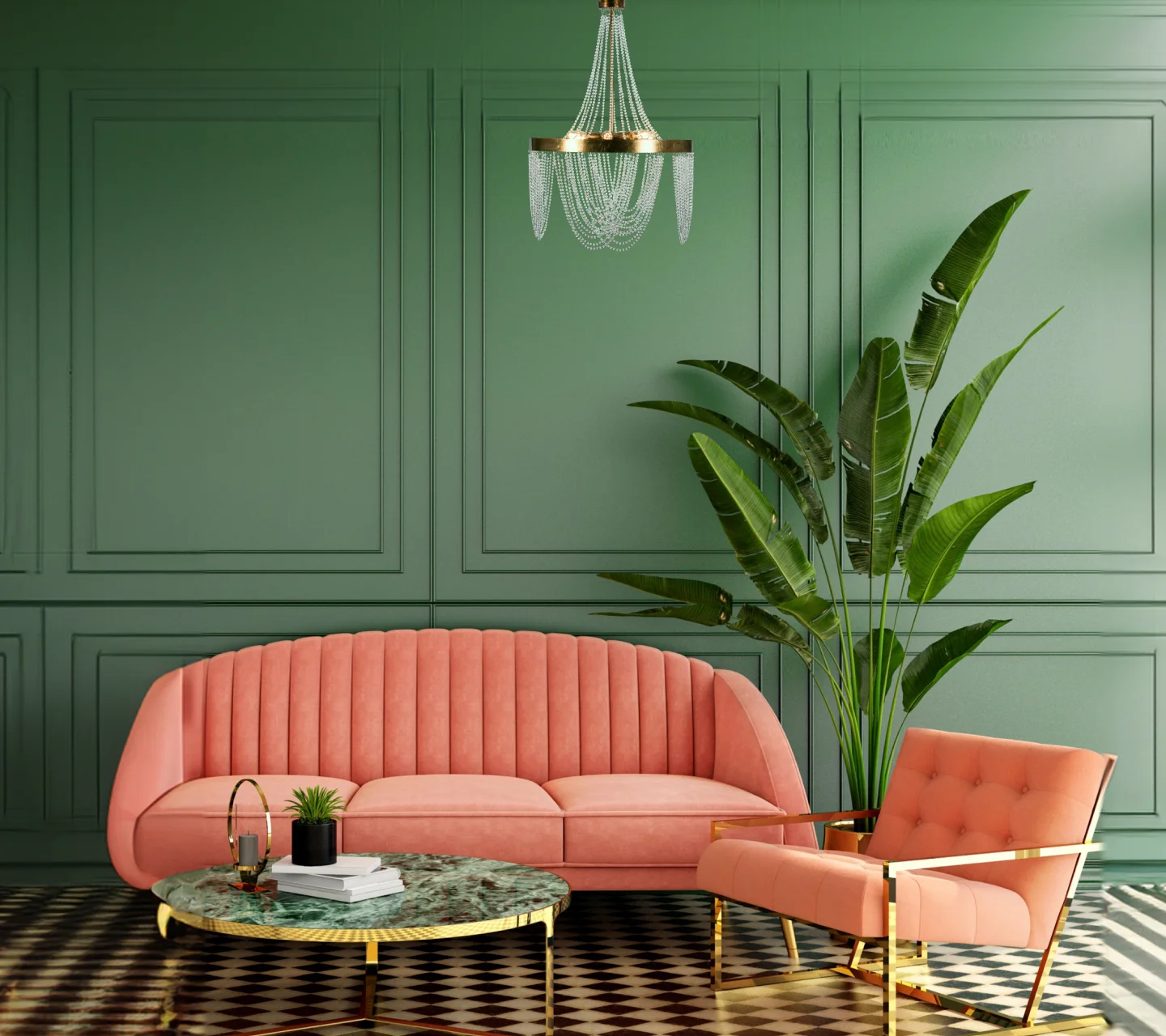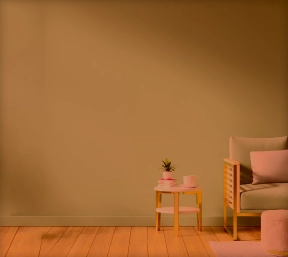TRENDING
Living room design
Interior design
5 Minimalistic Living Room Interior Design Decor Ideas
What comes to your mind when you hear the term ‘Minimalistic Home Interior Decor’? Bare open rooms with hardly any furniture? Wide open spaces? Bright, yet neutral colours? If yes, then you would be right on all counts. After all, minimalism is the art of living and being comfortable with the bare minimum.
While it has a certain appeal, it is not everybody’s cup of tea. It would seem simple to create a minimalistic decor for the living room, but in reality, it is a very challenging look to pull off. What looks beautiful and appealing in a glossy magazine may not necessarily be a practical living space. After all, a home where we live has to serve its function. Our design choices must not seem like compromises while going about our daily lives. Minimalism should be achieved without sacrificing the practicality of a living space. In the minimalistic philosophy, each and every piece of furniture or decorative element should serve a purpose. Otherwise, it is just occupying wasted space. It requires a very selective curation of elements that make the final cut and that requires a lot of restraint and discipline.
In the minimalistic approach, most of the interior design rules don’t apply. Instead of creating multiple layers in the home decor, they are stripped away to lay bare the functional beauty of a room. Let us take a look at some ideas which nurture the minimalistic philosophy in living room decor.

Get free consultation on home décor and interior design services
WHEN DOUBT IT, RAISE IT!
A minimalistic living room interior design has the bare minimum furniture and decor. We know that minimalism is all about stark beauty, rather than layers and intricacy. Levels can compensate for the lack of layers in a living room. Levels will work beautifully as visual dividers in a room which lacks the elements to do so.
The sitting area in a living room can be raised on a 6-inch platform so that it stands out in the room. This platform will serve as a minimal, yet functional design element. The area under the platform can be used as a storage in the form of drawers. The platform can be covered in a neutral-coloured rug which matches the furniture.
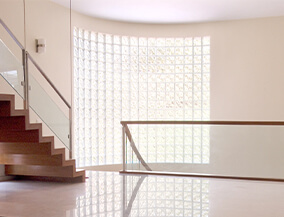
You not only get a hidden storage space, but you also highlight the sitting area as the focal point of the living room. Similarly, more levels can be created with a minimalistic TV cabinet or floating shelves. It is worth experimenting with levels as there are a number of possibilities that can look beautiful while maintaining the minimalism.
LESS IS MORE
This one is a bit obvious. But it is very difficult to achieve. It requires a ruthless curation with discipline and a clear vision of the end result. The choice of furniture is heavily influenced by this. As such, it is an extremely important exercise. So, when does minimalistic stop being minimalistic? That’s a fair question, one that bears a little explanation.
As always with decor, there are no fixed rules. There’s no limit to the amount of furniture you can have in a room. The whole philosophy behind minimalism is to have clean, open spaces which do not look bare or under-furnished. And there are Individual tastes to consider. What’s minimalistic for one person may not necessarily be the same for another. But there’s one rule of the thumb that can be followed, and that is avoiding the overuse of bulky furniture.
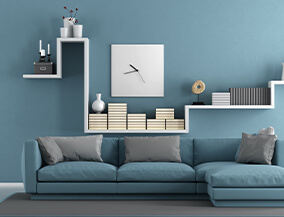
While a couple of big, comfortable armchairs or one big sofa will anchor the space, having more big furniture will take the decor beyond minimalistic. The same applies to other furniture. It should be visually light.
A glass-topped coffee table will be practical as well as conform beautifully to the minimalistic theme. Similarly, floating shelves will serve their purpose equally well while keeping in line with the theme.
SIMPLICITY IS KEY TO MINIMALISM
Minimalism dictates that everything should be kept ‘minimal’ and that includes the decor. If it doesn’t serve any purpose other than decoration, it should find no place in the decor. Lightweight furniture suits this style the best because of its lean and clean lines. Slim, metal furniture in a chrome finish brings an element of the ultra-modern which strengthens the perception of minimalism.
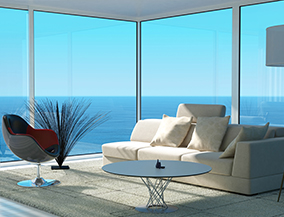
Even the walls need not bear any art or decoration as the colours should be sufficient to convey beauty through sheer minimalism. While some people may find this minimalistic approach quite cold, it works very well for people who search for function in every form. For such people, anything which doesn’t serve any function is just clutter.
USE LIGHT COLOURS
Colours are an important part of any decor. Different living room colours ideas suit different styles. While bright colours have a certain freshness about them, dark earthy colours can be quite fun with the right kind of decor. Then there are colours in between which are neither overly bright nor overly dark. These are neutral shades which impart a subdued elegance to the room.

Light colours create a feeling of openness which is one of the desirable characteristics of a minimalistic decor. A flowing unbroken expanse of an elegant colour is pleasing to the eyes. The walls play a secondary role in the living space anchored by the focal point of the room.
When the eye can move freely in an unbroken flow across the entire room, it is a measure of the success of the minimalistic approach to decorating.
MORE WINDOWS
A minimalistic decor can use the windows effectively as a design element and a part of the decor. Having big windows in a room is a big positive as they have many advantages.
- The let in plenty of natural light.
- They create a perception of space.
- If the windows face a beautiful view, they can serve as a natural photo frame.
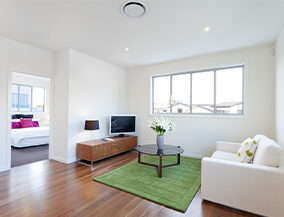
- In a minimalistic setting, a window should be unencumbered by any drapes or curtain designs. This allows the window to blend into the decor unhindered. If a curtain-less window seems too bare, it can be framed with a border of a dark-coloured paint. But it will work even better without the border. In this way, a window can be integrated into the decor pretty seamlessly and enhance the minimalism with its very own painting of light and natural elements.
Minimalism is a seldom-used form of home-decor in India. Where people associate a well-furnished house with prosperity and social status, they are afraid to experiment with the concept of minimalistic decor.
But it is a liberating experience! It teaches how to let go of unnecessary things which merely clutter up an otherwise beautiful space. Everyone should try this minimalistic approach to decorating the house at least once.
LIKE THIS ARTICLE
Give us a thumbs up!

Get FREE décor advice








